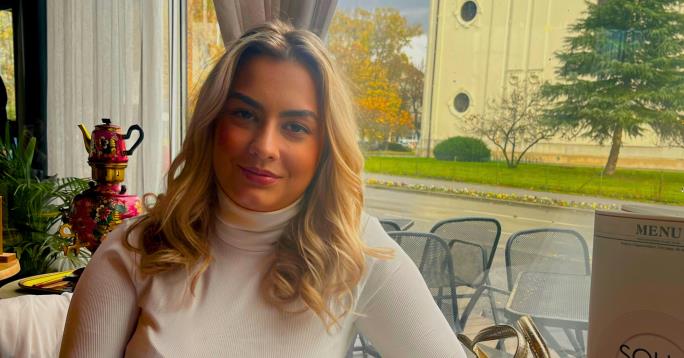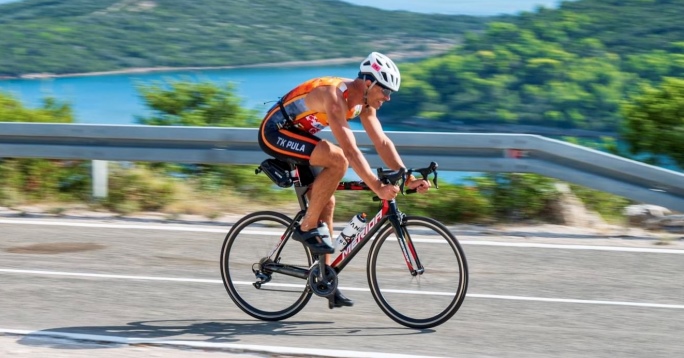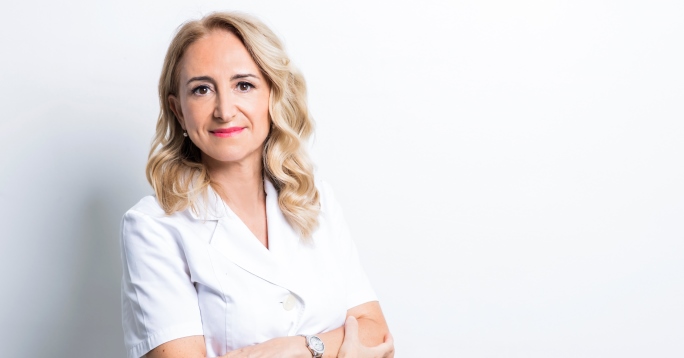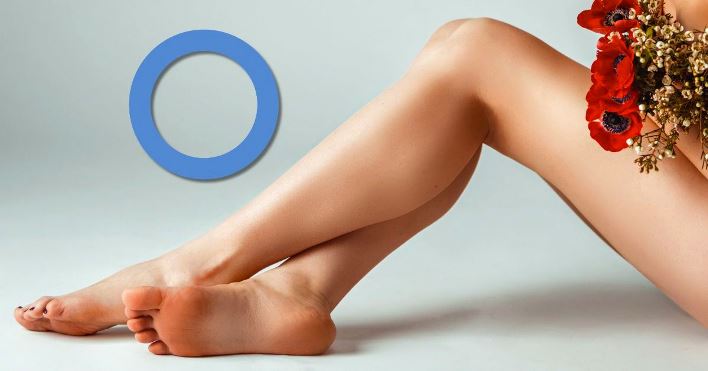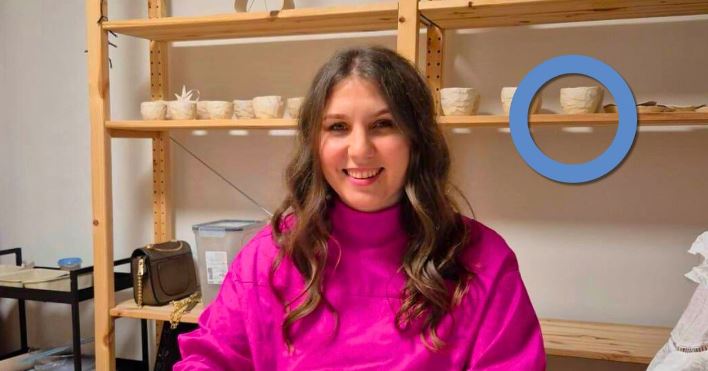It’s been about six months since our then eight-year-old, Tin, was diagnosed with type 1 diabetes. Unconsciously, under the weight of stress and life’s uncertainties, our outlook on the future was forever altered. We began to cherish our shared moments more deeply, laugh more, and avoid getting worked up over daily trivialities. In this more positive atmosphere, the desire to finally travel somewhere soon took root.
I must be honest and say that the decision to journey to the other side of the world was also influenced by the record-breaking accommodation, food, and leisure costs along our Adriatic coast. After years of holidaying on our beautiful islands, it became increasingly clear that Croatia is far from an affordable Mediterranean destination; rather, it has grown into a luxurious, fashionable resort for the “rich and famous” akin to Monaco and Saint-Tropez.
In short, it didn’t take long for us to decide on a trip through Asia. It helped when we crunched the numbers and realised that a month in Thailand wasn’t significantly more expensive than two weeks on the Adriatic. We were also incredibly fortunate that our friends decided to join us, making the trip planning much easier. We settled on Thailand, Malaysia, and Singapore.

The island of Koh Samui in Thailand
Well, I must admit that when we bought our plane tickets and booked our first hotel around New Year’s, a slight nervousness began to set in. Questions started swirling: “How will we manage with Tin? How does one even travel by plane when the child has diabetes? Do I need any special documents? What can I bring on the plane, and what’s prohibited? What will he eat there? How many medications am I even allowed to carry?” Yet, in the end, nothing proved as complicated as it initially seemed.
I found a wealth of useful advice on the website naInzulinu.com, including information about the necessary documentation. Most respected diabetologists know English language , and our own doctor, Dr. Lavinia La Grasta Sabolić, promptly printed the required medical history for us. I photographed this document and saved it on my phone, made several copies, and placed them in different sections of our suitcases.
I paid particular attention to packing the medications. In a slightly larger cosmetic bag, I packed everything diabetes-related—spare insulin, needles, alcohol wipes, urine ketone strips, the lancet device, lancets, and spare sensors. I placed it all in a small suitcase that stayed with us in the cabin throughout the journey, as hand luggage. This is important to emphasise, as it ensures that the insulin and sensors—essential for a person with diabetes—cannot get lost.

The Buddhist temple Doi Suthep in Chiang Mai
It’s also worth noting that, on every security check before boarding the plane, I would take out and display that cosmetics bag. However, no one ever questioned me further, despite our nine flights and numerous checks. I only recall one instance when we arrived in Singapore, a country known for some of the strictest laws in the world. They stopped me at screening. I thought to myself, “Nothing escapes their notice here.” The lady asked me who it belonged to, and I replied it was my younger son’s. She merely adopted a sad expression and said how sorry she was.
As for technical matters, we really had no issues at all. However, when it came to food, that was a different story. Generally, in Thailand, the food offerings are phenomenal; they are famed for their street food, which is both delicious and incredibly affordable. For example, a Pad Thai costs around two euros. We ate it all the time, simply switching between prawns, shrimp, chicken, and seafood.
My children genuinely enjoy eating a variety of foods and tried nearly all the specialties of Asian cuisine. But white rice gave us some trouble. After administering Lantus and Humalog, his blood sugar continued to “go wild.” So, we decided to switch to "their" noodles. They use those glass noodles, and he immediately felt better with them.
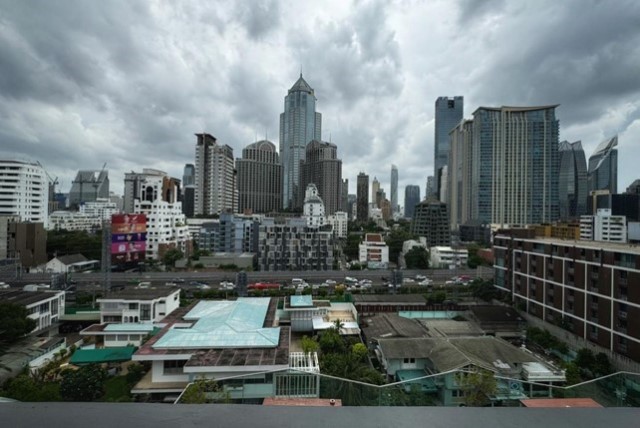
Bangkok, the capital city of Thailand
Thailand is also known for its abundant fruit offerings on every corner. You can buy pre-sliced fruit in plastic containers, smoothies are widely available, and the prices are more than reasonable. At first glance, it seems like paradise, but after sipping a shake and glancing at the blood sugar graph, you realize you’re in a paradise overflowing with sugar. The fruit itself is delicious, yet to enhance the experience, they add liquid sugar, generously ladled on top. We, unfortunately, discovered this only after our child had already had a few drinks, requiring us to administer corrective doses.
After visiting Chiang Mai in the north, we arrived in the sprawling metropolis of Bangkok, a city so vast and hectic that i can't describe it. I thought I would surely find everything I needed in such a major city, but I was mistaken. For example, they don’t have black bread—or at least, I couldn’t find any. Most of the bread sold is white, wrapped in clear plastic. I couldn’t find cheese anywhere, either. Salami is only available in spicy varieties, and all the spreads and yoghurts are sweet. I quickly had to give up on the idea of a sandwich for breakfast or dinner.

The renowned Thai island of Koh Samui
On the island of Koh Samui, which I consider to be undoubtedly the most beautiful place in Thailand, we found a small beachside restaurant near our accommodation. We had breakfast, lunch, and dinner there. For instance, breakfast might be scrambled eggs; for lunch, Pad Thai, Tom Yum soup, or stir-fried dishes with cashew nuts; and for dinner, chicken rolls. It was good, both in terms of price and for managing blood glucose levels.
Our next destination was Kuala Lumpur in Malaysia, which is a much more expensive country than Thailand, with a different food selection. Here, we again struggled to find out what suited us and what didn’t. We’d been on the road for three weeks by then, and we started to suspect that our insulin had probably overheated somewhere, as our blood sugar wouldn’t drop no matter how many corrections we made.
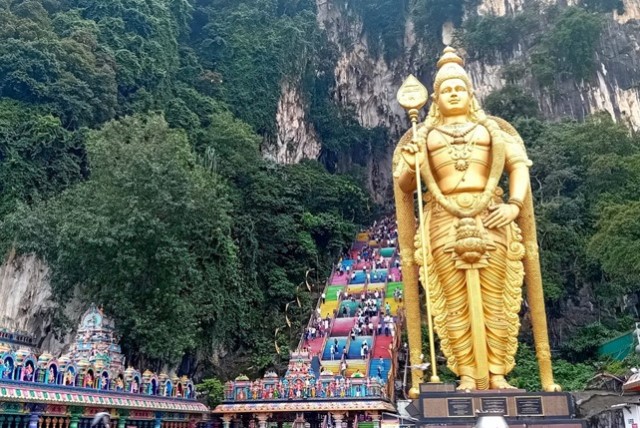
A Buddhist temple in Kuala Lumpur
Our final destination was Singapore, the city-state at the southern tip of the Malay Peninsula, often referred to as the "Asian Gibraltar." By this time, we were weary from all the flights, and our immunity had started to drop. As a result, Tin caught a cold, developing a cough and a runny nose. Fortunately, though, the service in the pharmacies truly impressed me. Despite the assortment of medications I had brought from Zagreb to cover every possible ailment, I found myself missing something for a viral infection. The pharmacists spoke fluent English, and I was able to purchase everything I needed without any trouble.
As for food in Singapore, the selection is incredibly diverse. One day, we dined at a Japanese restaurant, the next at a Chinese one, and then a Korean establishment... But it was the so-called Hawkers—markets offering affordable and absolutely delicious Asian cuisine—that left us in awe. I recall an Asian gentleman watching us as we savoured wok-prepared delicacies. Observing Tin, he remarked that Tin handled chopsticks so deftly, he could have been born in Asia. Children clearly adapt quickly, but parents are a different story altogether.

Gardens by the Bay in Singapore
At the end, we faced yet another 11-hour flight from Singapore to Istanbul. We were provided with diabetic meals on the plane, though they weren’t exactly to our Tin’s taste, so we often swapped items. For example, broccoli for chicken. In any case, we lacked nothing onboard, and children with diabetes can handle such a long journey with ease.
After a month of traveling, to be honest, we were looking forward to reaching Zagreb. The children remarked that our city is still the most beautiful – perhaps it’s only in the eyes of children. In any case, we immediately took out fresh insulin from the fridge, bought our favourite black bread, a bit of cottage cheese, turkey breast, and some red pepper. Dinner was ready, and it didn’t take long to settle back into our routine. That’s what diabetes demands. Although I was anxious about how we’d manage everything, we succeeded. It was wonderful, we rested, and nourished all our senses.



